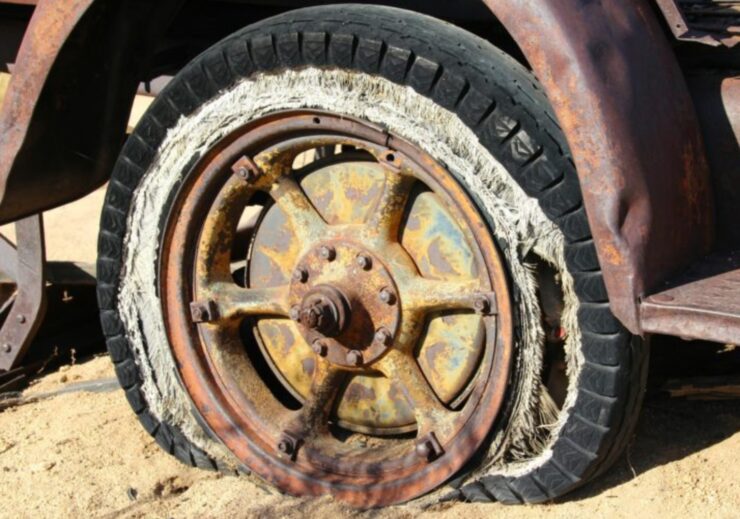Vehicles are only as good as their many parts, especially the moving one. No matter what they look like on the outside and how much modern tech and goodies they have, they are no use if things are not working properly. Considering how many moving parts there are in a four-wheel vehicle, anything a lot can go wrong which is why proper care and maintenance is prevalent. However, if you notice what term we used to describe the vehicles at hand, you will easily understand that it is the four wheels that are arguably the most important. They are the ones that allow the vehicle to move, give it clearance from the ground, absorb the impacts, and take the beating. And there are four of them.
More importantly, as the crucial part of the wheel, it is the tires that dictate so much on a car. From comfort to mileage there are numerus things that are better off if the tires you are using are in good shape. Therefore, they should always be at the highest level possible. In order to do that though, you have to know what causes the wear and tear and what the different damage patterns on them mean. In this article we will help you with this problem. By its end you will know all there is about the different wear patterns of car tires. To learn more about this, we advise you to click here and find additional info.
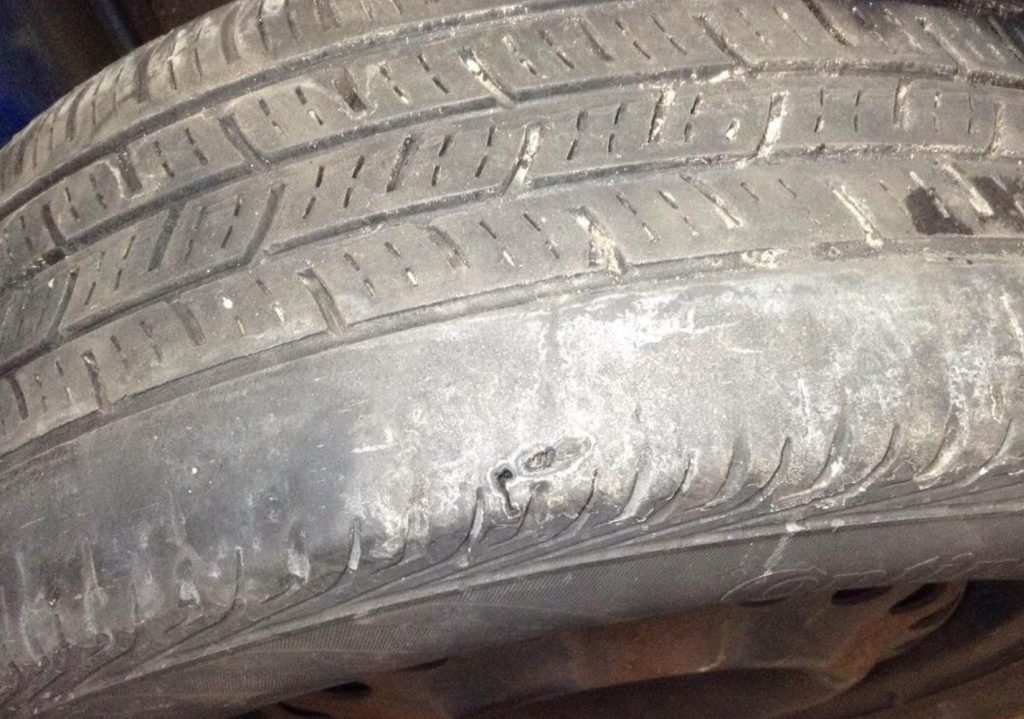
One Sided
If you notice that there is wear and damage that is increasing from one side of the tire to the other, it may be out of alignment. This means that the wheel is not spinning properly resulting in uneven contact with the ground. Different parameters may be the problem including the camber, toe, and axle parallelism. To fix this you would need to check the alignment of everything and determine if anything down there needs changing. You can continue to use the tire afterwards until it is properly worn.
Shoulder Step
This is a problem with radial tires when slow wearing operations take place. It shows on the outside or inside shoulder tread where you will see most or only wear. There is no correct action to take here as it is normal for this type of tire and use. Feel free to use the tire until it is operational.
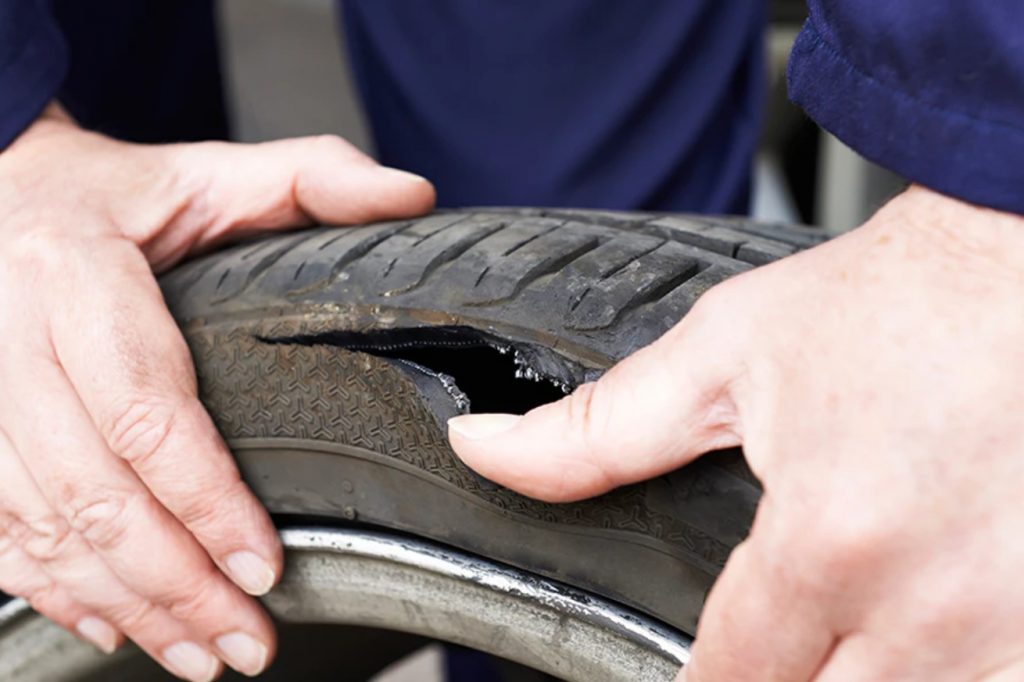
Erosion (River)
This type of tire condition usually occurs with radial tires during slow wearing especially in trailer and steer positions, also known as free rolling. Continue to use the tires until they need to be replaced as this is a normal occurrence for the situation. You are able to tell that this is the cause of the problem if you see circumferential wear and tear areas on the inner side of the ribs.
Intermediate Depression
When or if one or more interior but not center ribs are more depressed than the adjacent ribs, you are dealing with intermediate depression. This happens when there is incorrect amount of air pressure or if there is a worn mechanical part. Mismounted wheels and tires could also result in this condition. To deal with it, we advise checking the air pressure and mechanical parts at play. You can retread or rotate such tires in terms of disposition.
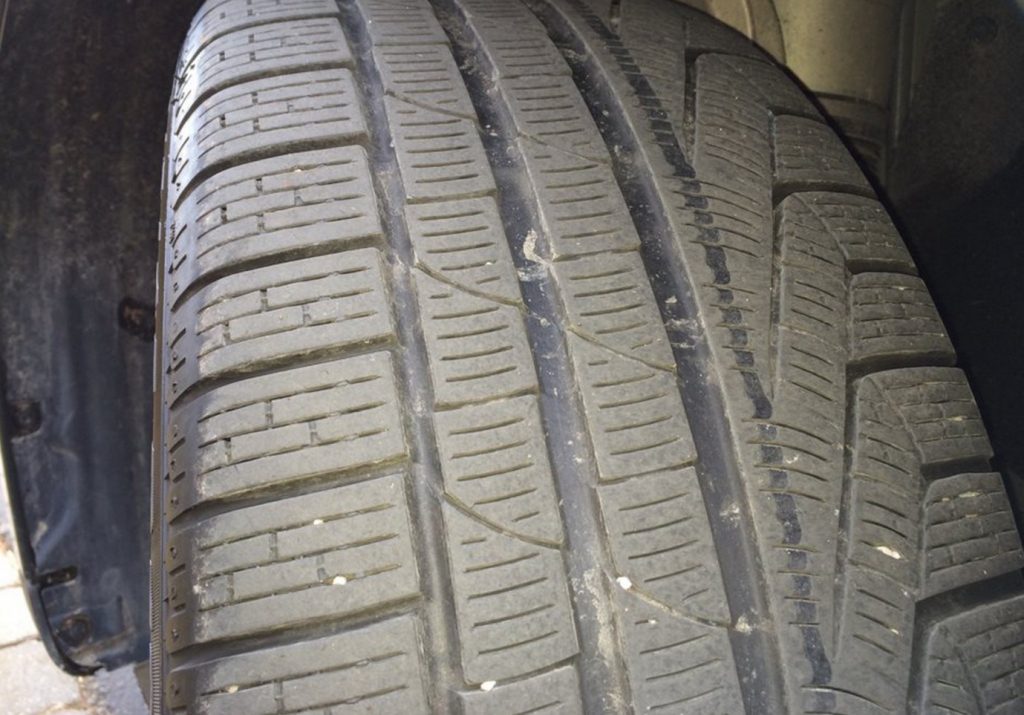
Diagonal
There are many things than can cause diagonal wear on tires. Misalignment, lateral and radial runout, out of balance state, or loose steering parts and wheel bearings are all known to cause such issues. It is clearly visible on the tires as the problem manifests itself in oblique diagonally situated patches. There can be only one or they could repeat around the circumference. To treat the condition, it would be best to check the worn parts and a potential mismount. Disposition includes retreading or reverse direction.
Feathering
As the name states, the problem manifests itself in the form of feathering that can be seen at the edges of the tread ribs. The problem is caused by frequent, continued, and unchecked exposure to excess lateral force (excessive toe for example). Counter-steering as compensation for the misalignment of the drive axle can also be a problem. Check the alignment if you see any feathering and rotate or retread the tire in question.
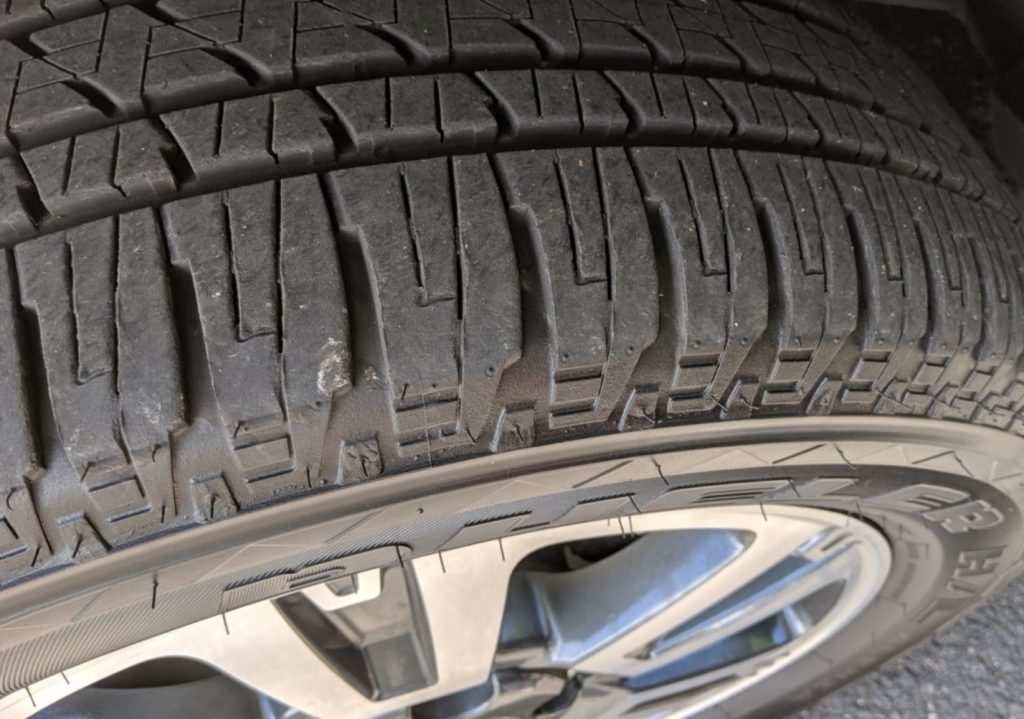
Cuts and Chunking
When there are numerous cuts in and around the surface of the treads and whole chunks missing, it is always the result of the vehicle being used on rough terrain. The overall rough appearance of the tires means that the vehicle was driven and used where it was not supposed to in terms of tire type at play. If this continues to happen, you may need to start using other tires or find a new way of doing things. This is considered minor damage and the tire should continue to be of service. With more serious damage there could be a chance for a retread or repair.
Vehicle Spin Damage
If the tire is in any way in contact with some of the vehicle components, you will see cuts and/or lines 360 degrees around the entire tire. The mud flaps and bumpers are usually the ones in contact with the tires. If you ever experience this, you should immediately check the cause and make sure there is no more contact. Revisit your driving habits and check with the mechanic. If the damage is minor, you can continue to use the tire. If the cuts are deep and quite obvious, scrap and replace.
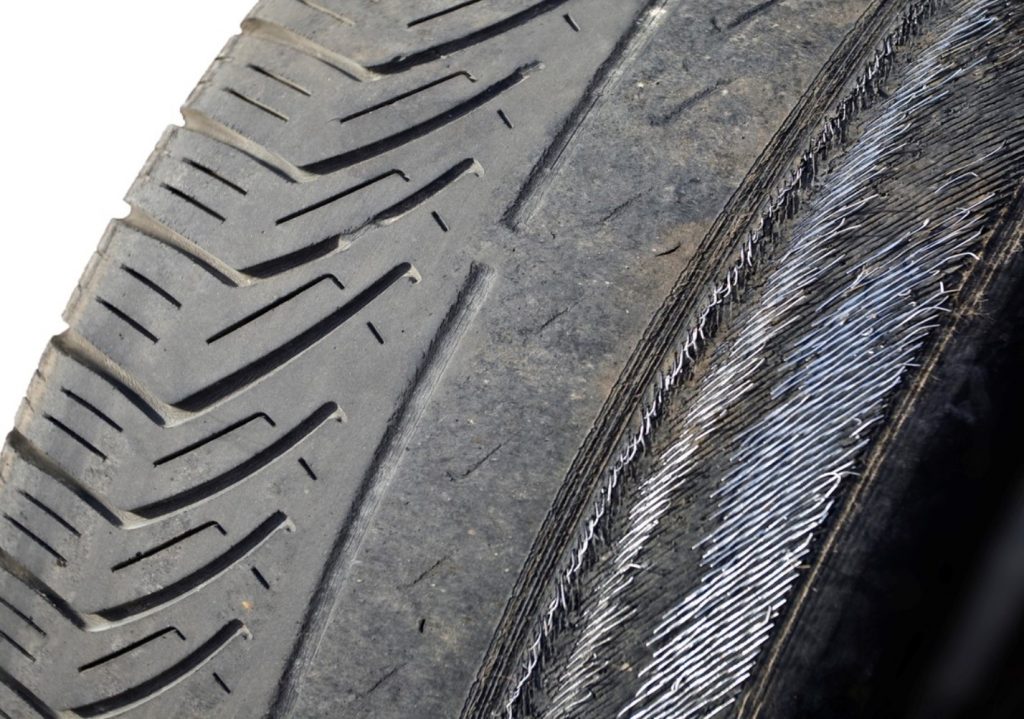
Brake Skids
It is clear from the name with this one that this happens when the tires are stopped in place while braking. The abrasion marks are quite noticeable and the damage may extend well into the casing if you have “bald” tires for too long. If you are not braking in any weird or unorthodox ways but have such marks, you may want to check your brake system. The tires can be repaired or retreaded if the casing is fine. If not, you should definitely scrap them.
Cupping (Scallop)
When there are seemingly random areas all around the tire that show fast and erratic wear, you should check the car for worn components. Inflation pressures and matching tread depths also need a look. These issues are usually caused by mismatched pressure or tire diameters. These irregularities are then further aggravated with higher speeds and lighter loads. You can continue to use the tire until it needs regular retreading (pull point).

